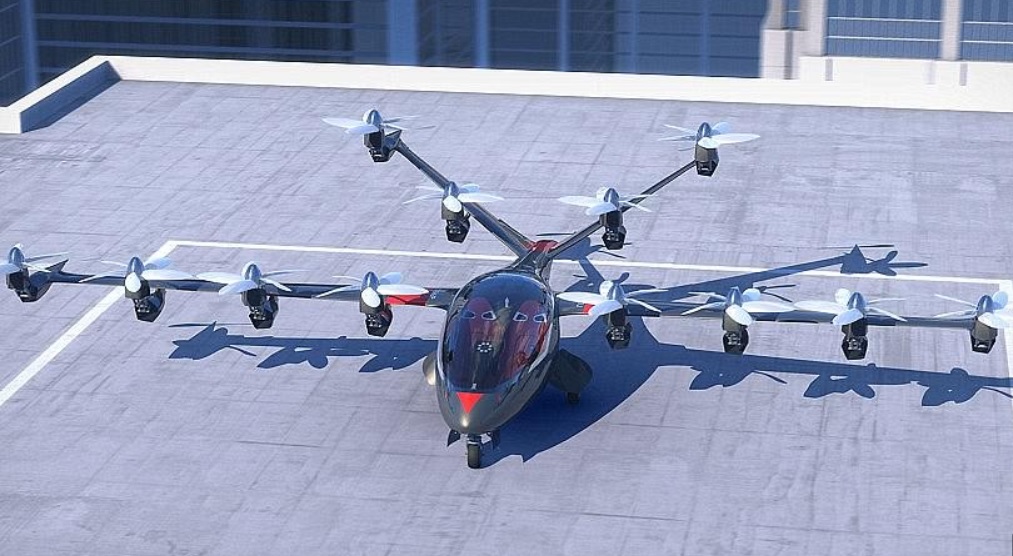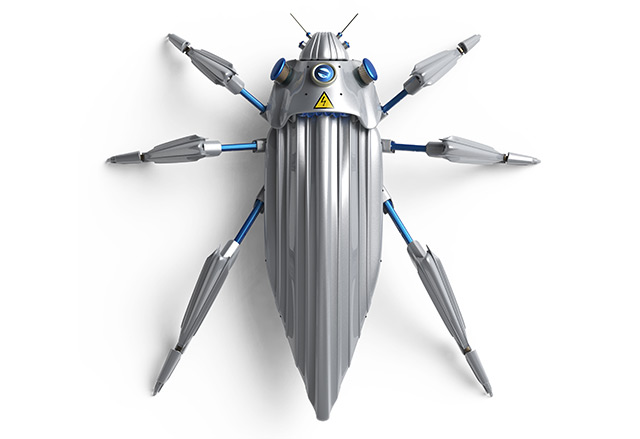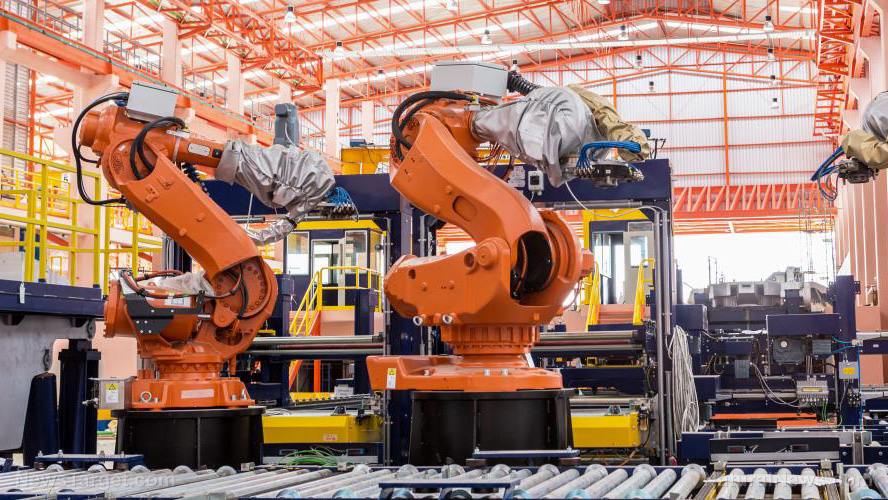NASA has already put space probes in orbit around Mars and rovers on its surface. In a few more years, it will put a helicopter in the skies of the Red Planet, the space agency announced on its homepage.
When the Mars 2020 planetary mission takes off from Cape Canaveral Air Force Station, it will be taking a small rotorcraft as part of its prodigious payload. This tiny helicopter will try to prove that heavier-than-air vehicles can fly in Martian skies.
The brainchild of NASA’s Jet Propulsion Laboratory (JPL), the “Mars Helicopter” was first conceived in 2013. The final product has a softball-sized body that barely tips the scales at four pounds (1.8 kilograms).
The lift will be provided by twin rotor blades that rotate counter to each other. To compensate for the thinner atmosphere of Mars, the rotors will spin ten times as fast as a helicopter on Earth.
The Mars Helicopter is fitted with solar cells that can replenish its lithium-ion batteries and a heater to protect it against the biting cold of Martian nights. It will be carried on the belly pan of the Mars 2020 rover. (Related: NASA now allowing scientists to use nuclear power sources for future space missions.)
Autonomous Mars Helicopter will be able to fly on its own
After the rover lands on Mars, it will look for a good spot to set the Mars Helicopter down. Once it has placed the small rotorcraft on the ground, the rover will drive clear of the launch site before issuing commands to its recently deployed parasite craft.
The Mars Helicopter will charge its batteries before implementing a number of tests. Then the Earthbound controllers will send the signal for the drone to launch itself into history.
Mimi Aung is the project manager of the Mars Helicopter at JPL. She says that the altitude record for a helicopter on Earth is 40,000 feet (12,192 meters).
The Martian atmosphere only contains one percent of the air that makes up its terrestrial equivalent. That means the Mars Helicopter will experience the equivalent of 100,000 feet (30,480 meters) even before it takes off from the ground.
Radio signals from Earth take several minutes to reach Mars and vice versa. Aung explained this communication lag precluded flying the helicopter in real-time.
Instead, the Mars Helicopter has an autonomous capability. It will receive commands from Earth as passed by the Mars Rover, interpret those orders, and fly itself according to the parameters of its mission.
NASA helicopter will determine the future of rotorcraft on the Red Planet
The helicopter will perform five flights over the course of 30 days. For its first flight, it will rise three meters in the air and stay airborne for 30 seconds.
Each successive flight will last longer and cover greater distances. The helicopter’s designers are hoping it will be able to fly for up to 90 seconds and cover several hundreds of meters in a single flight.
Any failure of the Mars Helicopter will not impact the overall scope of the Mars 2020 mission. If it succeeds, however, it could ensure a role for helicopters on Mars as low-altitude scout aircraft that can visit areas that the rovers – or any potential human astronaut on Mars – cannot.
The Mars 2020 mission will be lofted by an Atlas V rocket and should arrive at Mars in February 2021.
The mission’s rover will evaluate the geology of its landing site and find out if the environment is habitable. It will also look for any signs of living or ancient Martian life. Finally, it will assess the dangers and natural resources for human astronauts.
Read more articles about Martian expeditions at Space.news.
Sources include:
NASA.gov
Wired.com




















